This deciduous tree is found in the south-central United States; it goes by many names. Early French settlers observed the wood being used for war clubs and bow-making by Native Americans and called it bois d’arc (“bow-wood”). The central plains tribes used the wood for their bows because it was strong, flexible and durable and was common along river bottoms in the region. Meriwether Lewis noted the Osage Nation to have much esteem for the wood of the tree. Variations: bodark, bodarc, bodock
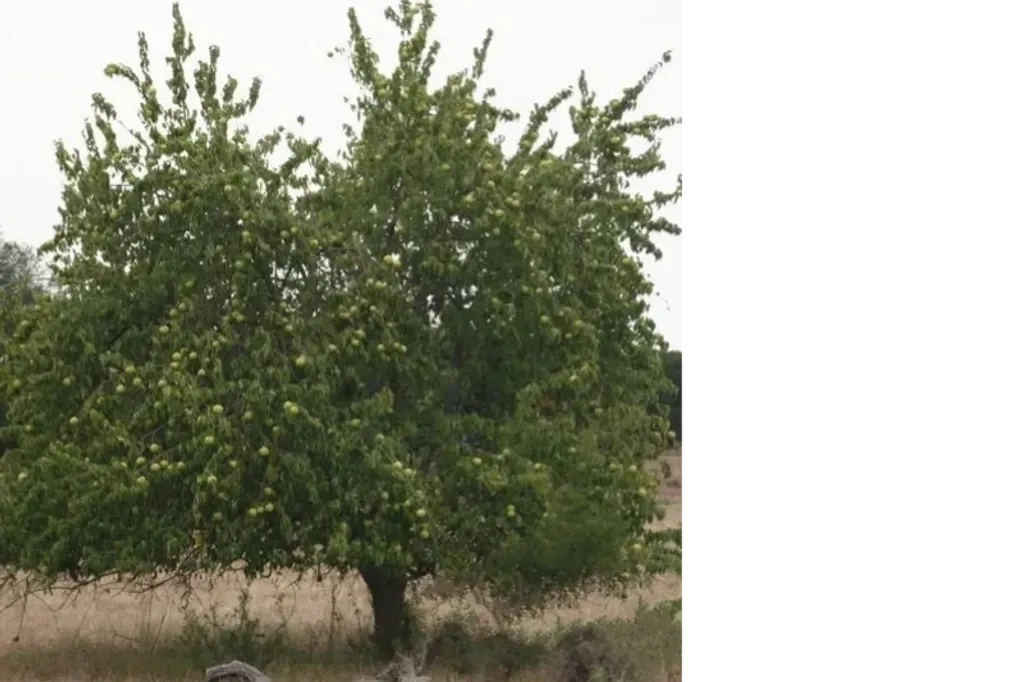
At the Medicine Lodge powwow, respected Kiowa Elder Betty Washburn shared that these trees are to be coveted. She taught us the name bois d’arc; we only knew them as hedge trees. She told the story of how her family were bow-makers and the best bows were made from these trees. It was a heartwarming experience for those with whom she was visiting. Betty has been travelling to the pageant reenactments and setting up her red teepee, a symbol of her lineage, for decades.
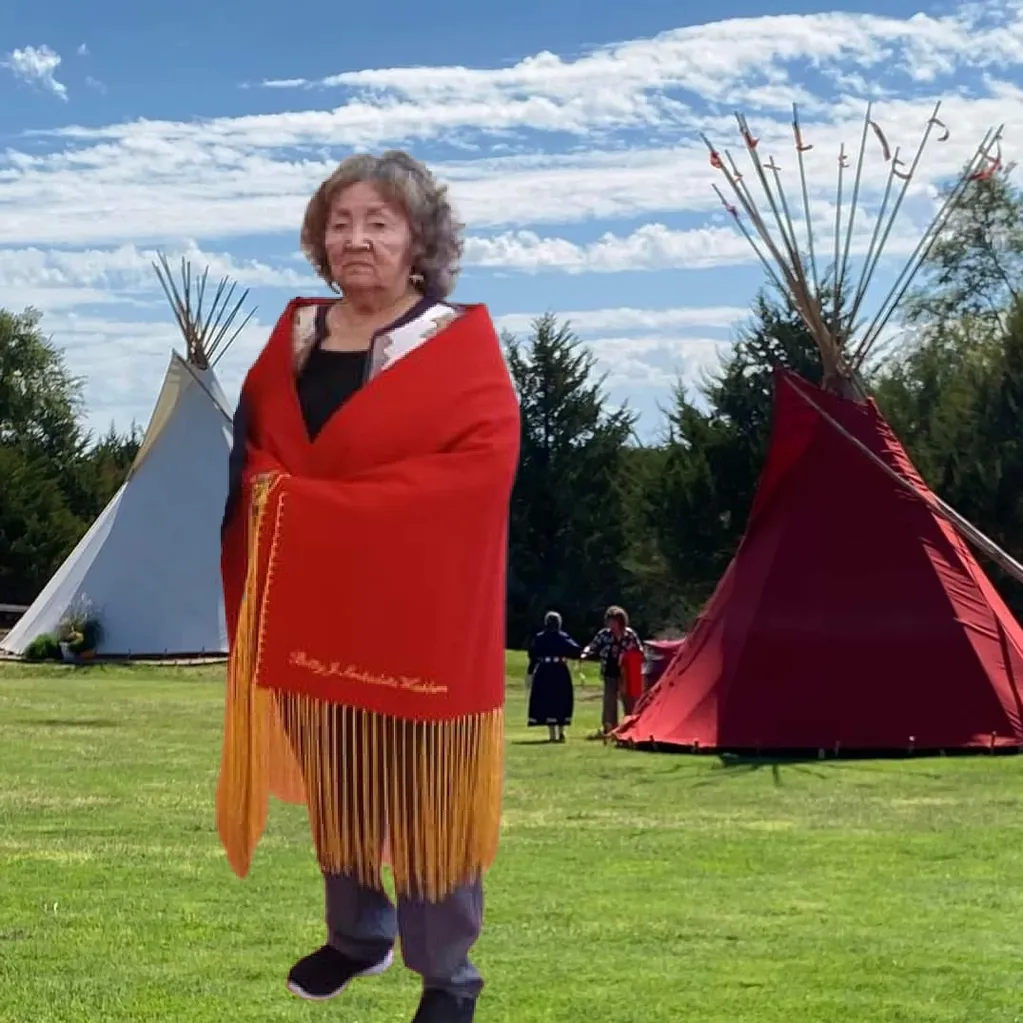
The tree is commonly referred to as hedge in this area. American settlers used the tree as a hedge to exclude livestock from gardens and fields by pruning the trees so that they would produce numerous shoots and create a barrier. Today, the wood is commonly cut for hedge posts used in barbed wire fences and is known for its dense, hard wood that withstands rot. It is common in windbreaks, a relic of its being a primary component of the Great Plains Shelterbelt WPA project of the 1930s.
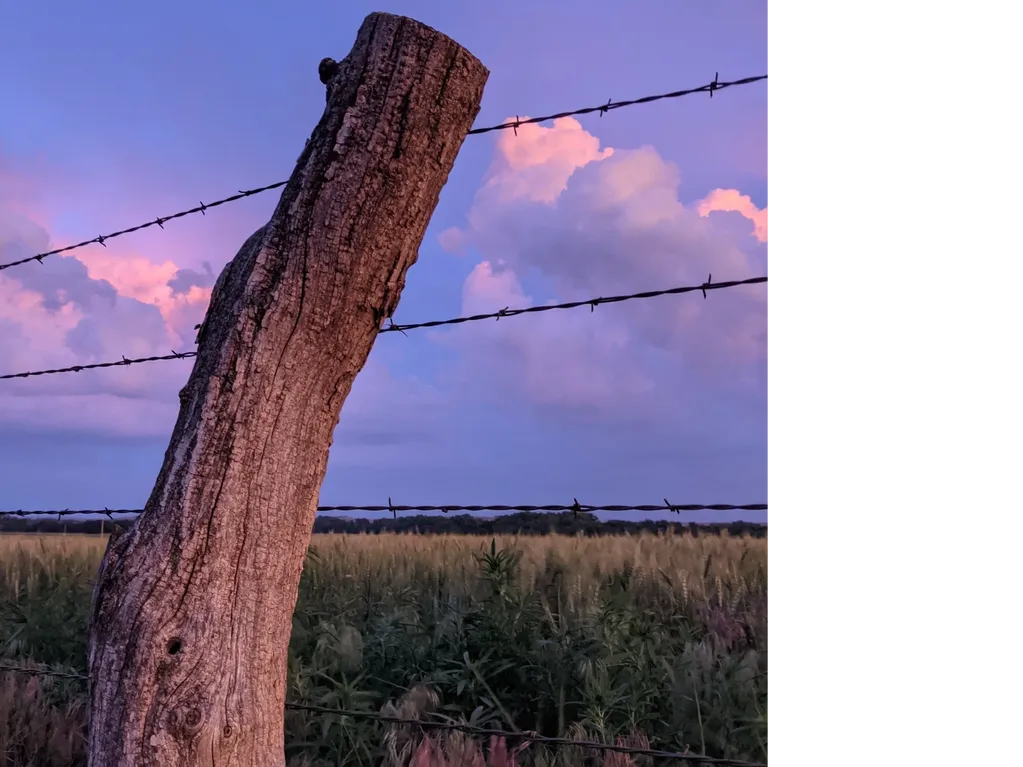
The fruit of the Maclura pomifera, a member of the mulberry family, is not commonly eaten by humans. The fruit goes by the names hedge apple, crab apple, Osage orange, mock orange, horse apple, monkey brains, and others. Often considered an old wives’ tale, it is said to be a deterrent of crickets and may be placed in basements or garages to ward off pests. The EPA has acknowledged that concentrated compounds from the fruit may repel insects, though not at naturally occurring levels.
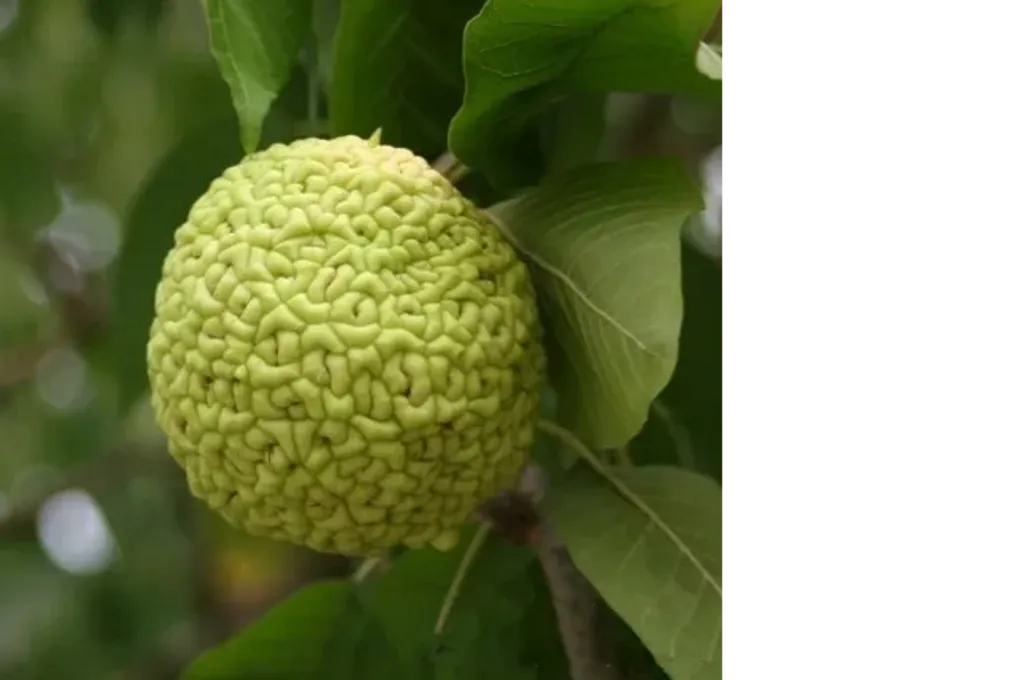
The bois d’arc has been used in traditional Native American medicine by making a decoction of the roots for a topical eye treatment. An orange dye can be extracted from the wood. The dense wood is used for tool handles, waterfowl game calls and musical instruments. The wood has the highest heating value of any common North American wood, a fact observed by locals in its long, hot burn.
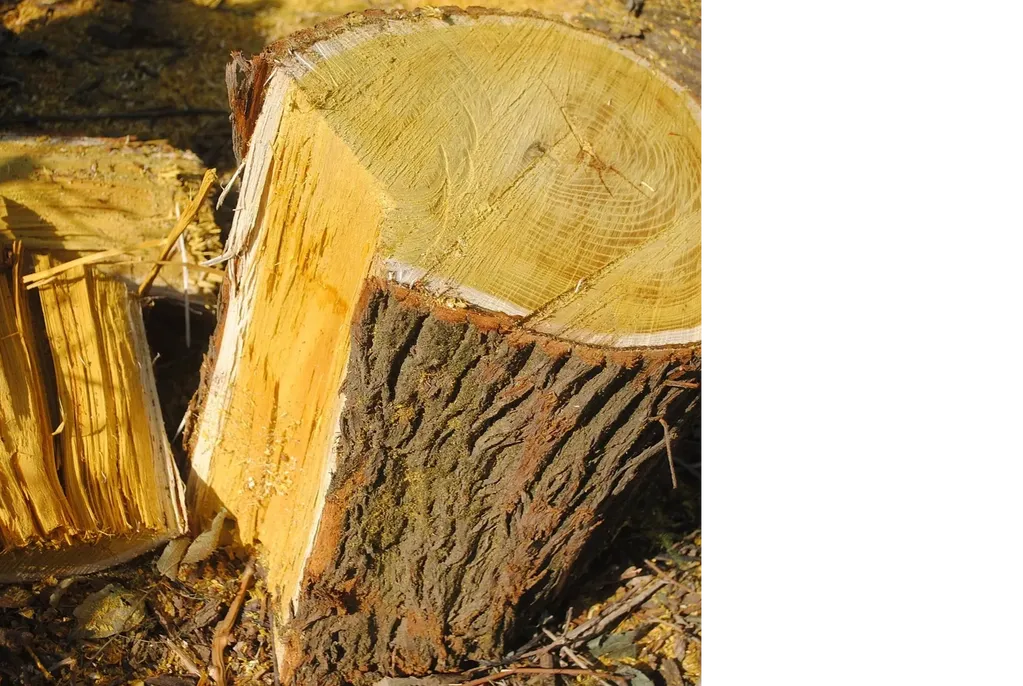
Return to maps

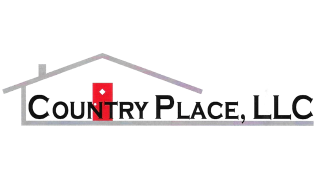

You must be logged in to post a comment.